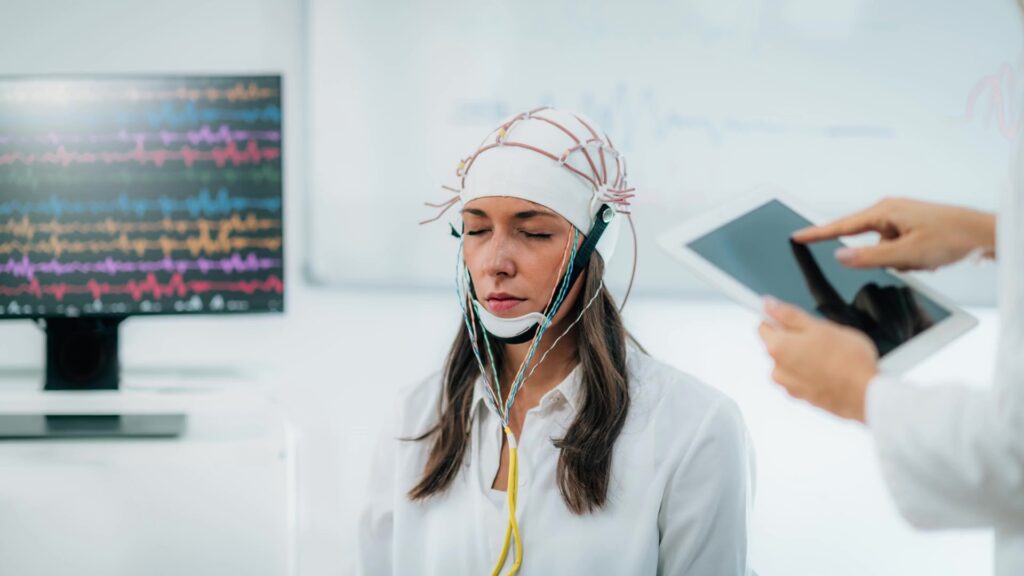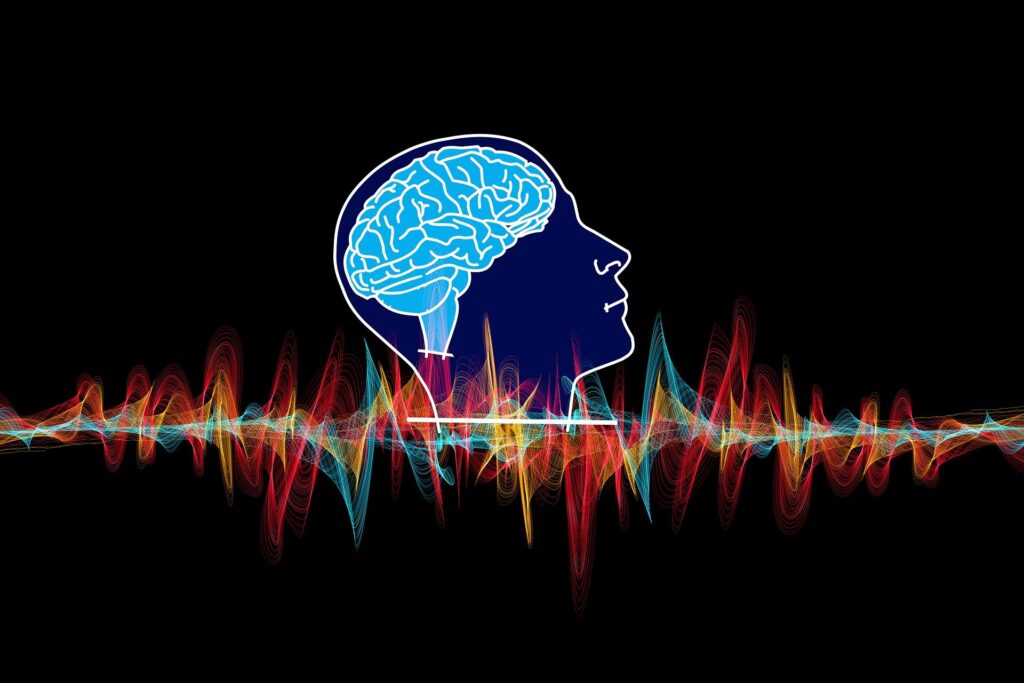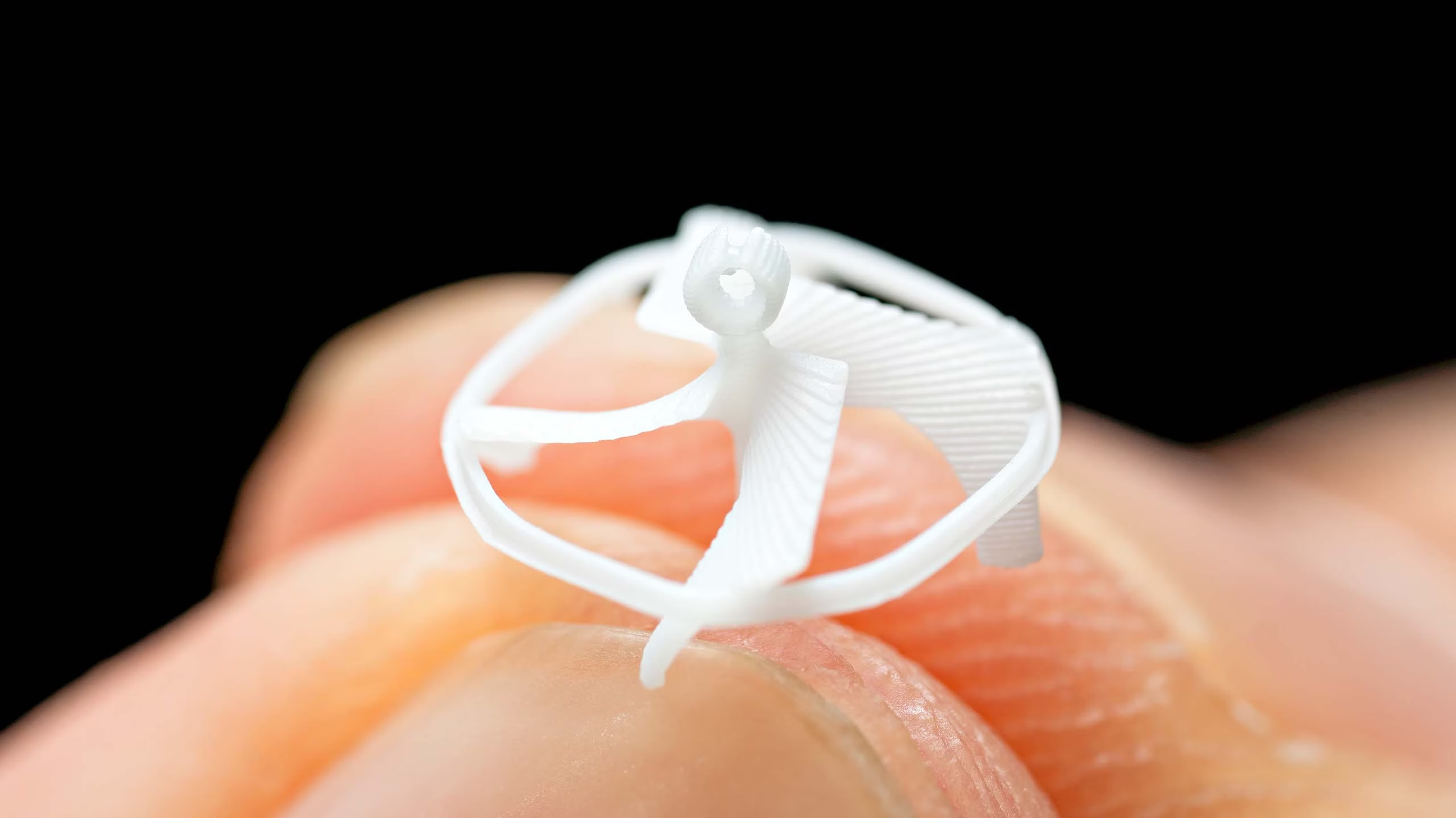From DGIST (Daegu Gyeongbuk Institute of Science and Technology) 22/09/23

The research team led by Professor Sanghyun Park from the Department of Robotics and Mechanical Engineering at DGIST (President Kuk Yang) announced that they have developed a few-shot learning model capable of accurately classifying brain waves using a small amount of information.
A large amount of brain wave data collected from target subjects is needed for classifying new brain waves using existing deep-learning models; however, the newly developed deep-learning model is capable of accurately classifying brain waves even with a small amount of data, which may contribute to future research related to brain waves.
Brain wave data vary significantly by person.
The distribution of brain waves differs by performer even when the same task is performed; thus, most existing classification models collect data from performers and label them to be used for training, focusing only on intra-subject classification.
Therefore, the brain waves of a person who did not participate in the training could not be classified using those classification models.

To overcome this drawback, research has been actively conducted on “domain adaptation” models in which deep-learning models are used to infer the brain wave signals of a target subject; however, the problem remains where the models cannot be easily applied to new subjects because they need to learn the brain wave data of those subjects as well.
Furthermore, other studies are being conducted on the optimization of transfer learning models where brain wave data collected from multiple individuals are trained, but their usability is rather low since a large amount of brain wave data is still required.
The research team led by Professor Park thus developed a new deep-learning model capable of accurately classifying brain waves according to the brain wave characteristics of each subject when the ground truth of a small amount of data is given from the brain wave data obtained from target subjects.
For effectively learning the relation between a small amount of data and the remaining brain waves, meaningful features are first extracted from the brain wave data by using the embedding module, and then the temporal attention module is used to highlight important features from the extracted features while reducing unnecessary noise.
Subsequently, the aggregation attention module is used to find only important data from the given brain wave data to identify the features of the target subject’s intention as represented in the brain waves.

Lastly, the relation module is used to calculate the relation between brain wave features and vectors. Also, brain wave classification fine-tuning technology was developed to ensure that brain waves are accurately classified through optimization.
The deep-learning model newly developed by the research team exhibited up to 76% classification accuracy for the intention of a target subject using 20 brain wave data points in inter-subject classification.
Considering that the accuracy of previously proposed methods (intra-subject classification, transfer learning, and other few-shot learning methods) is 64–73%, the newly developed model demonstrated superior performance.
Professor Park said, “The brain wave classification deep-learning model developed in this study is capable of accurately classifying brain wave with only a small amount of information, without having to newly build learning data from subjects, and therefore, it is expected to contribute to other related research on brain waves requiring individualization.”
He further added, “Our technology will be further enhanced to be more universally utilized in various biosignal analyses.”



